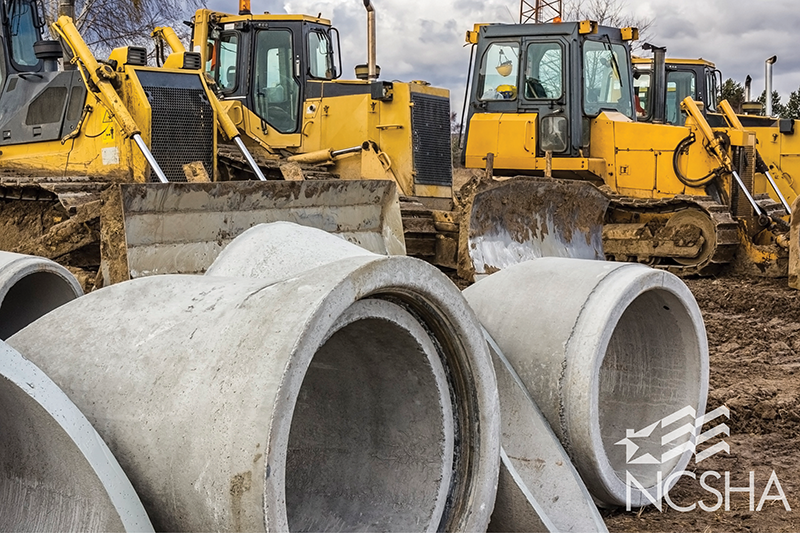Tax-Exempt Housing Bonds FAQs
The Mortgage Revenue Bond (MRB) and tax-exempt multifamily Housing Bond programs (collectively, Housing Bonds) are financing tools used by state housing finance agencies (HFAs) to finance low-interest mortgages for low- and moderate-income home buyers and to acquire, construct, and rehabilitate multifamily housing for low-income renters. HFAs, as well as other state and local governmental entities, sell to investors tax-exempt bonds for housing and other activities with private ownership that serve a public purpose (called Private Activity Bonds, or PABs). Investors are willing to accept a lower rate of return for Housing Bonds than they would get on other investments because the interest on the bonds is exempt from federal income tax. The lower rate is then passed on to lower the interest rate paid by lower-income home buyers in the case of MRBs and developers of affordable rental housing in the case of multifamily bonds.
 The Tax-Exempt Housing Bonds FAQs document covers the following:
The Tax-Exempt Housing Bonds FAQs document covers the following:
- What are Housing Bonds?
- Are Housing Bonds one of the original uses of PAB authority?
- How do HFAs use Housing Bonds?
- How much bond authority do states have?
- What restrictions exist on the use of Housing Bonds?
- Why should Congress protect Housing Bonds?
- What does this program cost?
- How could Congress maximize the efficacy of Housing Bonds to build more rental housing?
- What reforms can be made to MRBs to allow HFAs to assist more home buyers?

